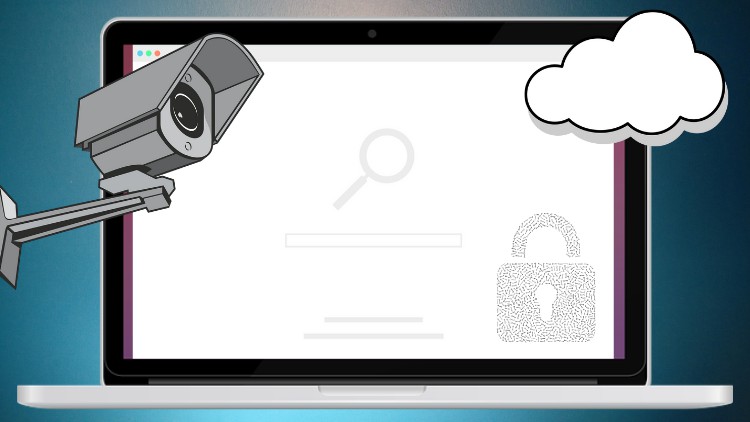
A basic guide to keep your devices secure and your digital life safe!
What you will learn
Understand security is both physical and digital and you must use good practices to stay secure
Understand how to stay secure online with HTTPS, MFA, cloud backups, encrypted DNS, and more
Understand the difference between security and privacy
Understand how to secure your communications including chatting, emails, video calls, and more
Description
Personal Technical Security is a course that answers the question that I receive the most: “What can I do to stay secure?”
This course will discuss both physical and digital security. We’ll look at how to secure your computer, phone, router, and other devices. We’ll also explore how to keep digital life safe with password managers, backups, encrypted DNS, multifactor authentication, and how to configure your browser to stay safe.
We’ll also look at today’s communication with email, instant messaging, chatting, video, and social media. What can you do to make sure you’re safe and secure?
This course starts with the basics and gives recommendations on what you can do to stay safe.
This course is offered at a basic level and it is not a technical course. Anyone who wants to learn more about security and privacy will benefit from taking this course. You don’t need to be a computer science major to take this! The course is taught mostly through video and there are quizzes at the end of each section. The video portion of the course is around 2 hours and the whole course should take around 3 hours to complete. I’ll always be around to answer any questions you have!
Content